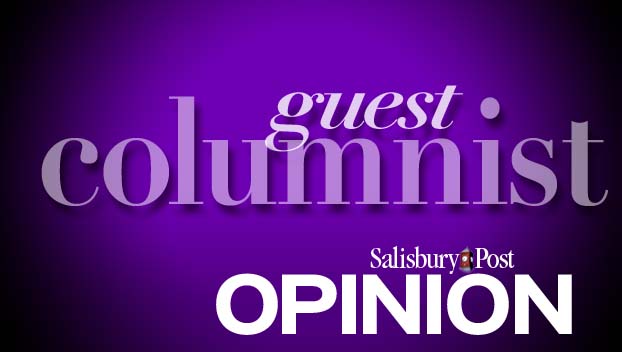Guest columnists: Legislators should bridge Medicaid coverage gap
Published 12:00 am Sunday, July 25, 2021
By Tom Bacon, Gene Cochrane Jr., John Frank and Bill Pully
The Rowan County region is in trouble. The good news is there’s a solution right around the corner — if our legislators will just reach out and grab it.
The culprit is the health insurance coverage gap, the dark void that swallows up folks who earn too much to qualify for Medicaid, but too little to qualify for a subsidy on the health insurance marketplace.
Many North Carolinians devotedly punch in to jobs, but don’t receive health insurance from their employers. Hundreds of thousands of working people still fall below the federal poverty line, which is around $26,000 for a family of four. The gap doesn’t exist because people are slack; rather it’s a flaw of our system, and one we have to fix if we’re going to get back on our feet post-pandemic.
If all this sounds abstract, we invite you to dive into exactly what the coverage gap means in your region courtesy of a new search tool created by a coalition of business, health and faith organizations called Care4Carolina (www.care4carolina.com). According to their Coverage Gap Impact Map, 15.8% of non-elderly workers in Rowan County are uninsured.
That’s well above the state average of 13.8% percent, and it’s a distinction that comes with plenty of trouble — much of it preventable. For example, uninsured folks are less likely to be screened for rampant diseases like cancer and heart disease, making it more likely they will eventually wind up deathly ill.
As people who have worked around the state to get people the health care they need, these harsh realities keep me up at night. While our organizations’ collective efforts have helped, we know that the best remedy is in the hands of legislators.
Closing the gap by expanding Medicaid would, experts agree, be the most comprehensive solution — with our rural communities benefiting enormously. Funds would help to sustain rural hospitals and clinics, and provide health insurance to workers who don’t receive it on the job.
No wonder 38 other states have elected to close their gaps through Medicaid. The federal government covers 90 percent of the costs for these states. Federal law dictates that this funding level will not decrease. The deal was already very good. Now, it’s even better.
The American Rescue Plan provides states with a new incentive: a two-year, five percent increase in the federal match rate for Medicaid. For North Carolina, that would mean an influx of around $1.7 billion over the next two years. Official estimates put the cost of closing the coverage gap through Medicaid at $700 million over that span, which would leave $1 billion for the state to invest in other worthy endeavors.
A confluence of events — from our state’s strong fiscal stewardship to our nation’s response to a pandemic — have made possible this opportunity to help working people in counties like Rowan. The governor is on board to expand Medicaid; now it’s up to members of the NC Senate and NC House to do their parts. As health care veterans who’ve seen the anguish of the uninsured but never lost hope, we urge our elected officials to close the health care gap.
The authors are Tom Bacon, DrPH, Retired, Director, NC AHEC; Gene Cochrane, Jr, MBA, is retired president of the Duke Endowment; John Frank, MBA, Retired Director of the Healthcare Division, Kate B. Reynolds Charitable Trust; Bill Pully, JD, Retired President, NC Healthcare Association.


